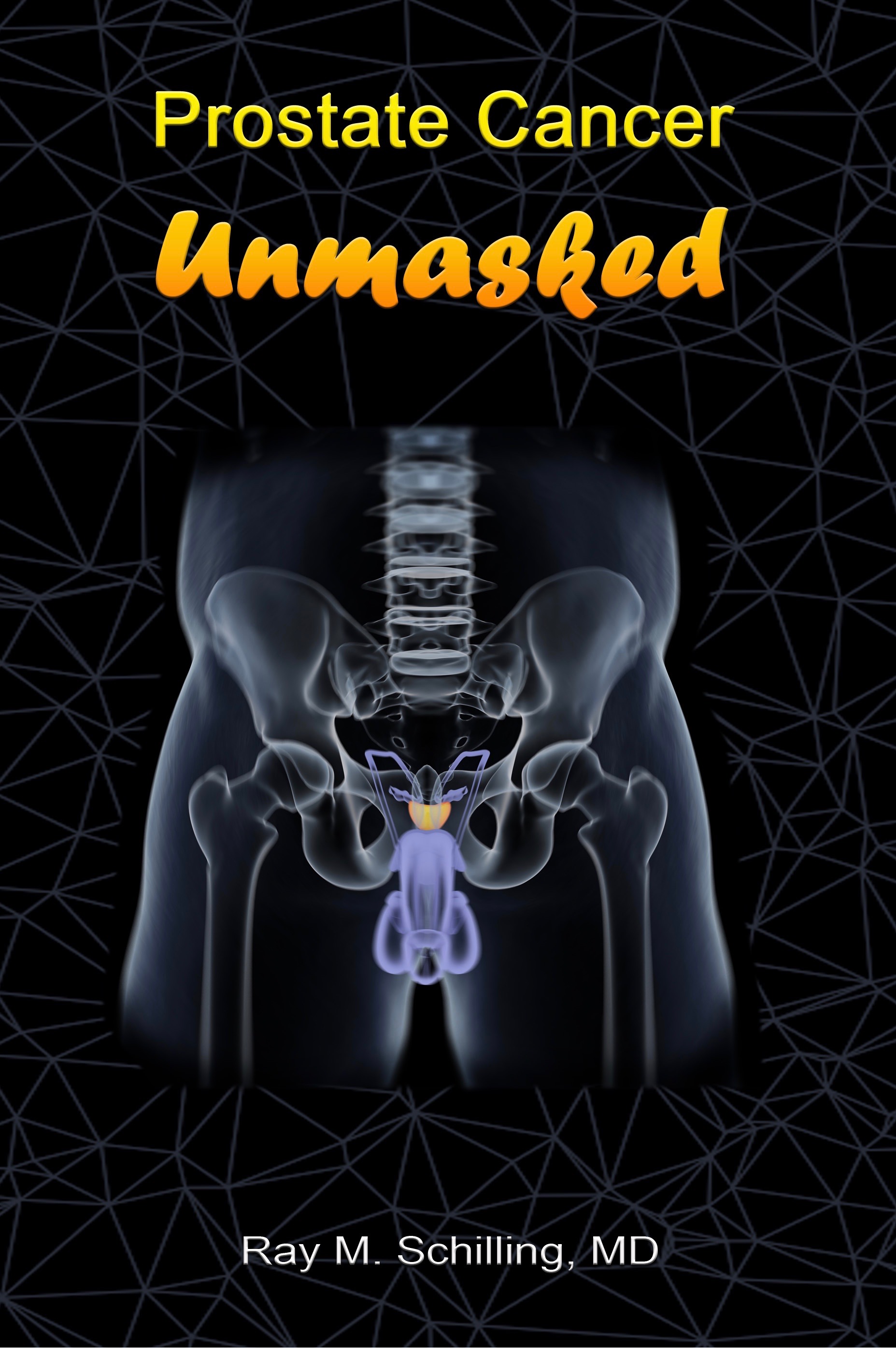Introduction
This fungal infection is caused by Paracoccidioides brasiliensis (thanks to botit.botany.wisc.edu for this microscopic image).
The disease occurs in South and Central America and is also known under the name “South American Blastomycosis”. Like many of the other infections in the fungal group of infections the pathogen is inhaled as spores and converts into the invasive yeast form in the lungs. It likes to migrate via the blood stream into the mucous membranes of the mouth and skin of the face where it causes skin lesions and ulcerations.
Signs and Symptoms
The entry into the nose and mouth are favorite spots where this fungal infection likes to home in. Chronic slowly enlarging ulcers are developing there and the pathogen spreads via the lymphatic drainage channels into the regional lymph glands.
These get infected, enlarged and drain through fistulas that open to the overlying skin surface. Infected lymph glands would be located along the neck and at the base of the neck, where these fistulas appear. Eventually the axillary glands can be infected and open up with skin fistulas that drain pus. Other pathogens get circulated to the liver, spleen and abdominal lymph glands causing abdominal pain. If gut bacteria leak into the lymph glands, systemic infection will ensue with fever and possible peritonitis.
Diagnostic Tests
Specimens can be cultured in the laboratory or else slides can be directly examined under the microscope after special staining procedures. Skin biopsies can be sent to the pathologist who will also be able to diagnose this condition.
Treatment
Paracoccidioidomycosis is very responsive to all of the common antifungals. Itraconazole (brand name: Sporanox) is the drug of choice that clinicians use unless the disease is very severe, in which case intravenous amphotericin B is given. In some development countries sulfonamides are used to keep the disease under control, but it is not curative and for this reason this is not recommended in the US (Ref. 1, p. 1218).
References:
1.The Merck Manual, 7th edition, by M. H. Beer s et al., Whitehouse Station, N.J., 1999. Chapter 158.
2.The Merck Manual, 7th edition, by M. H. Beers et al., Whitehouse Station, N.J., 1999. Chapter 113.
3. The Merck Manual, 7th edition, by M. H. Beers et al., Whitehouse Station, N.J., 1999. Chapter 164.
4.David Heymann, MD, Editor: Control of Communicable Diseases Manual, 18th Edition, 2004, American Public Health Association.







